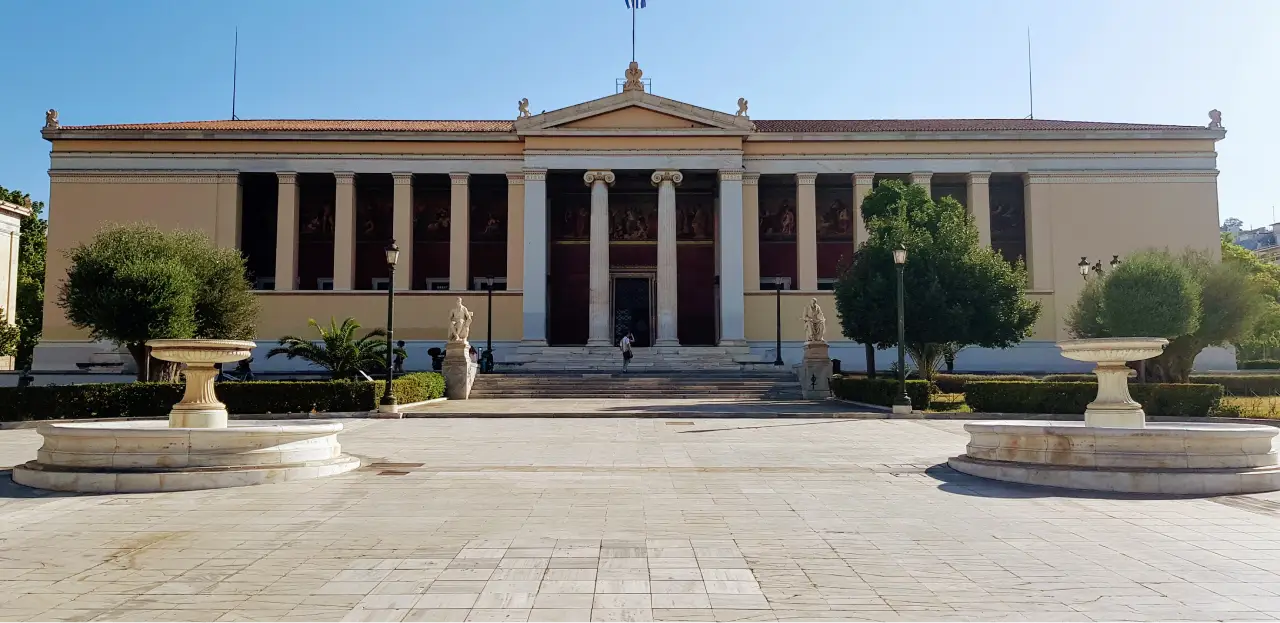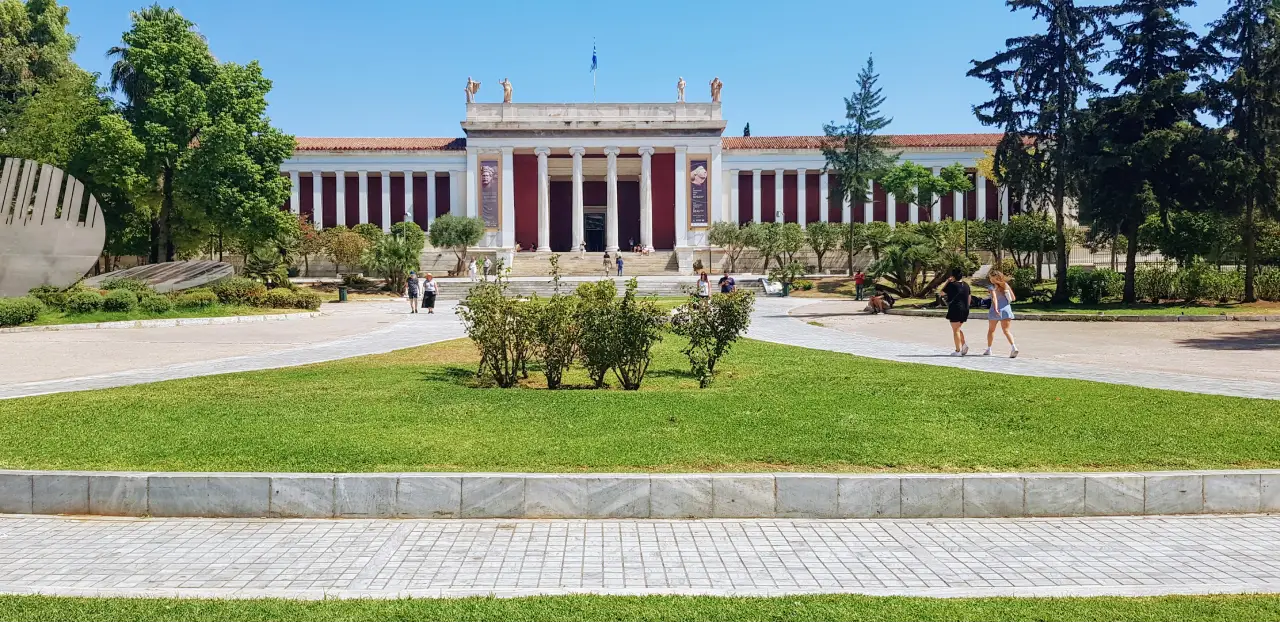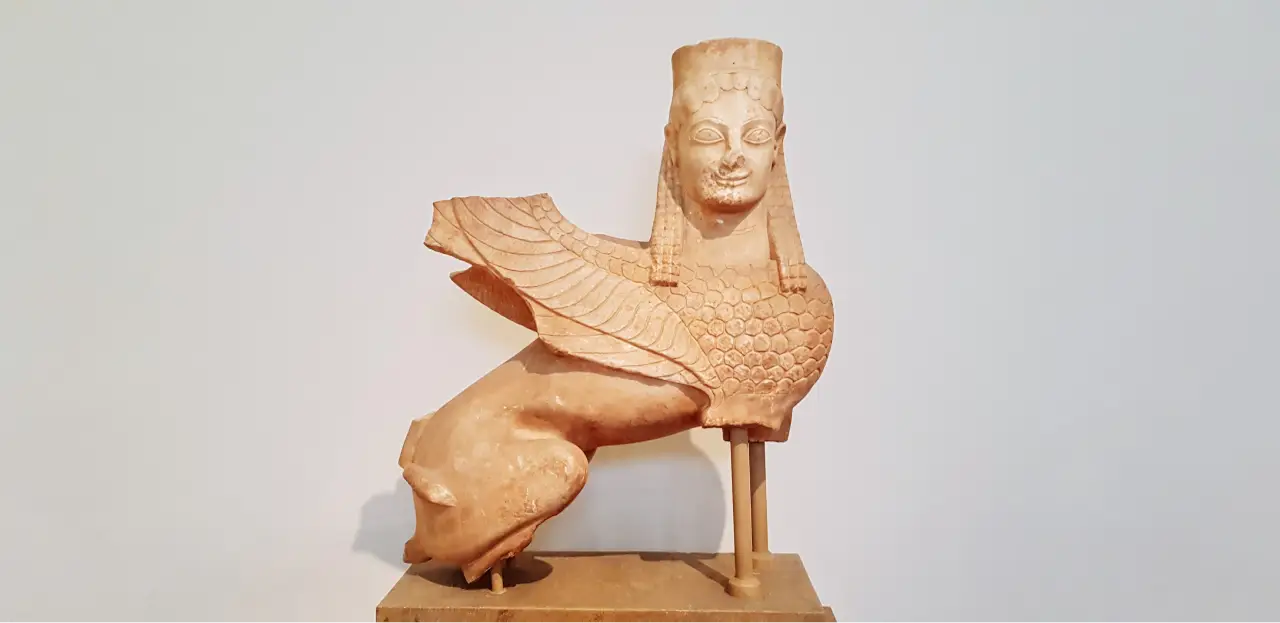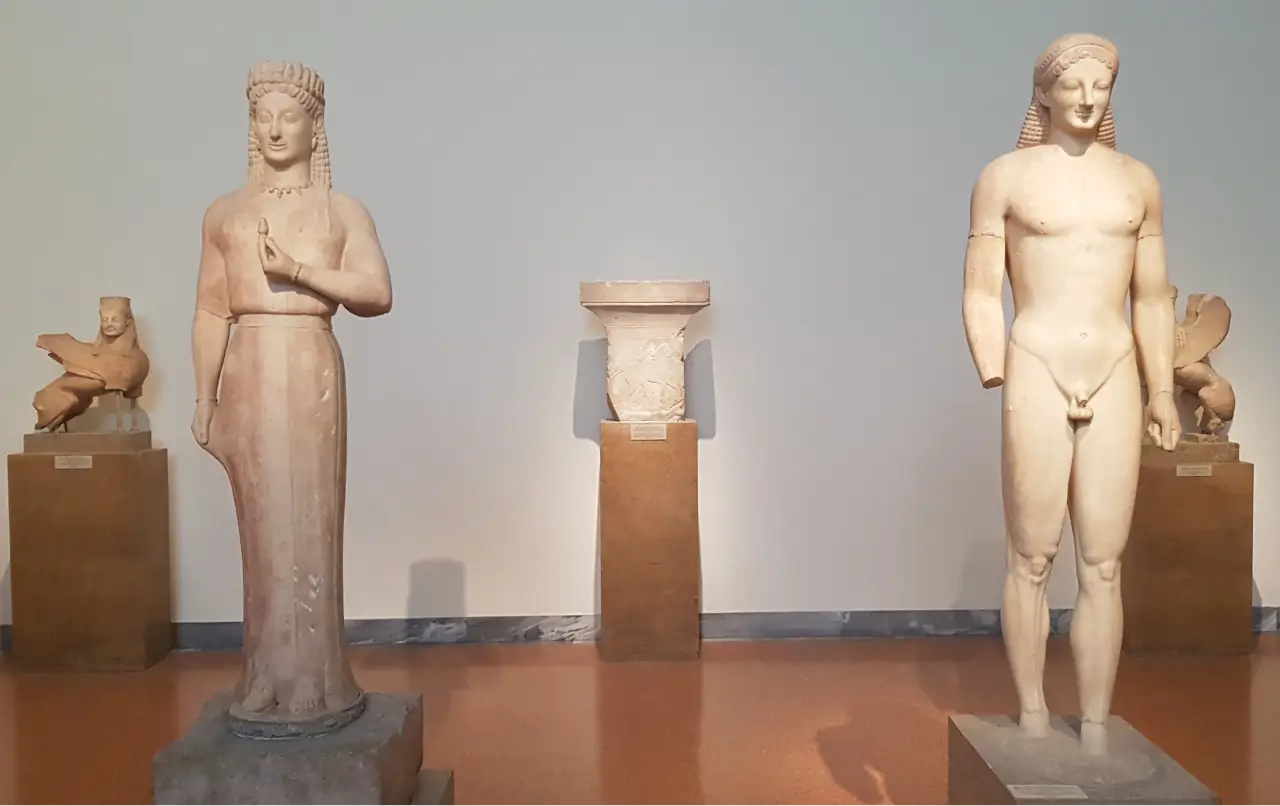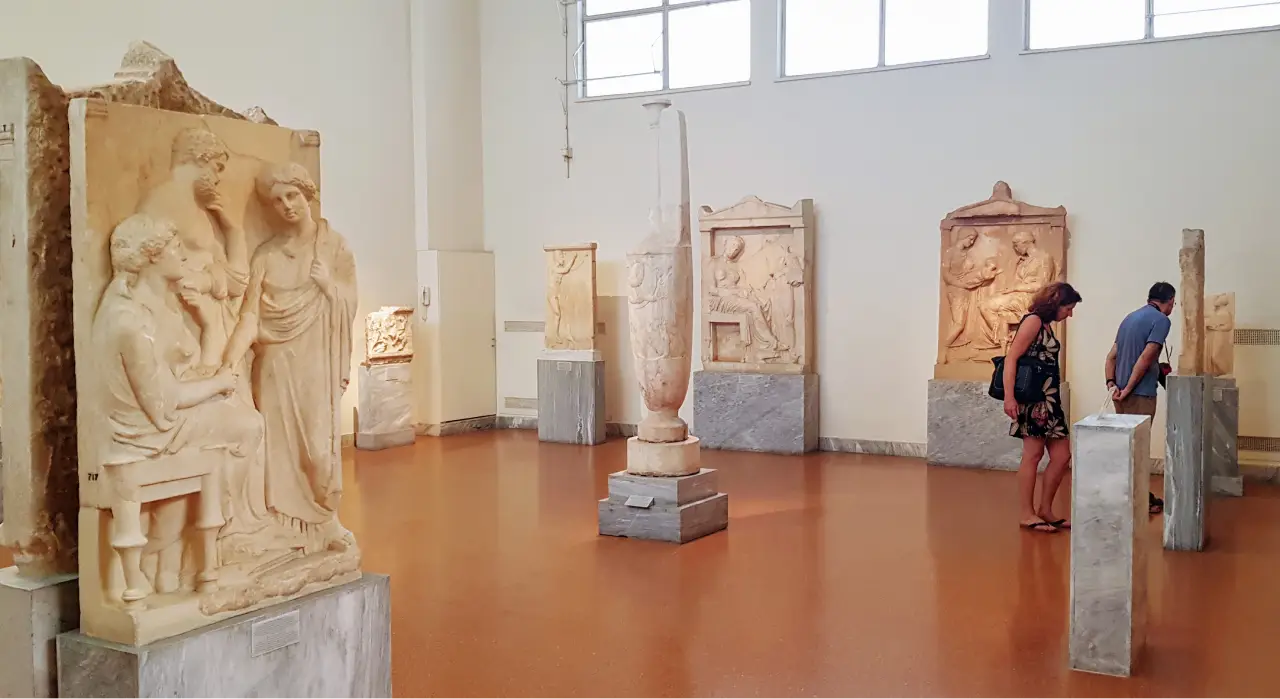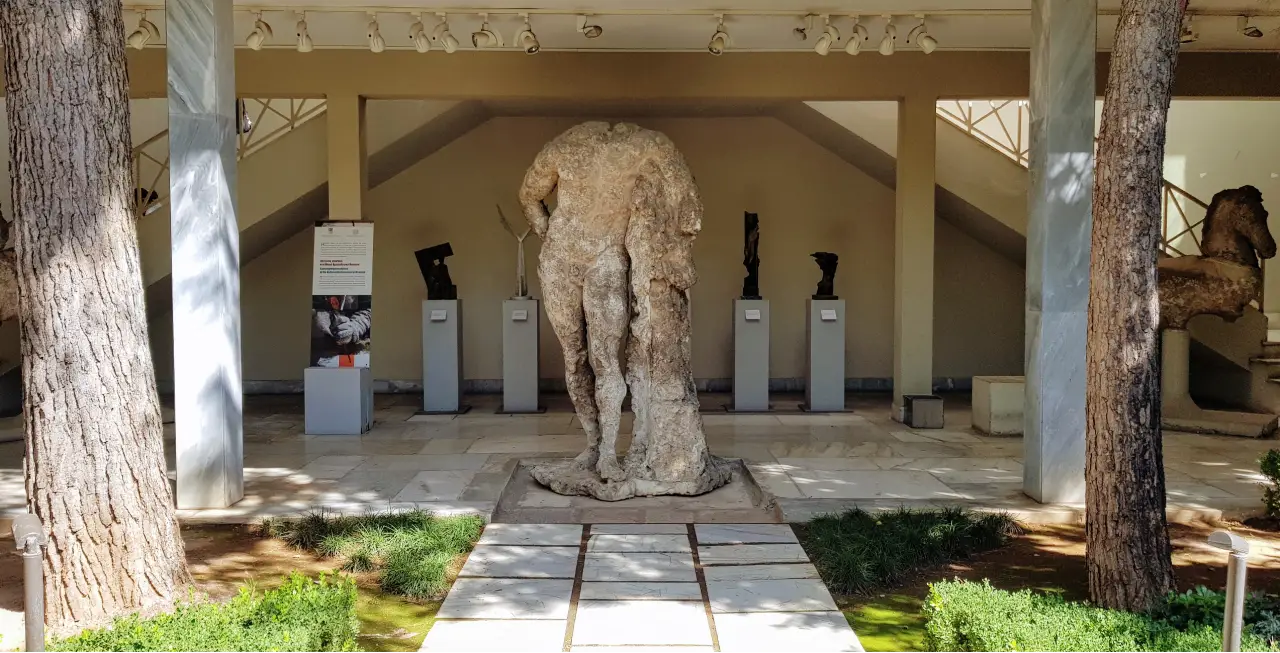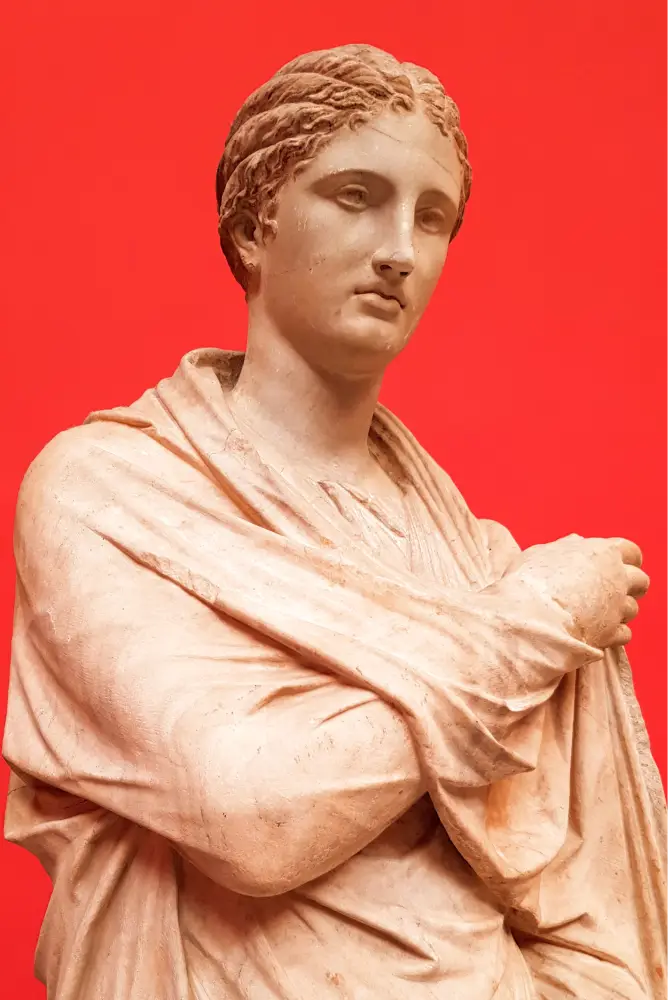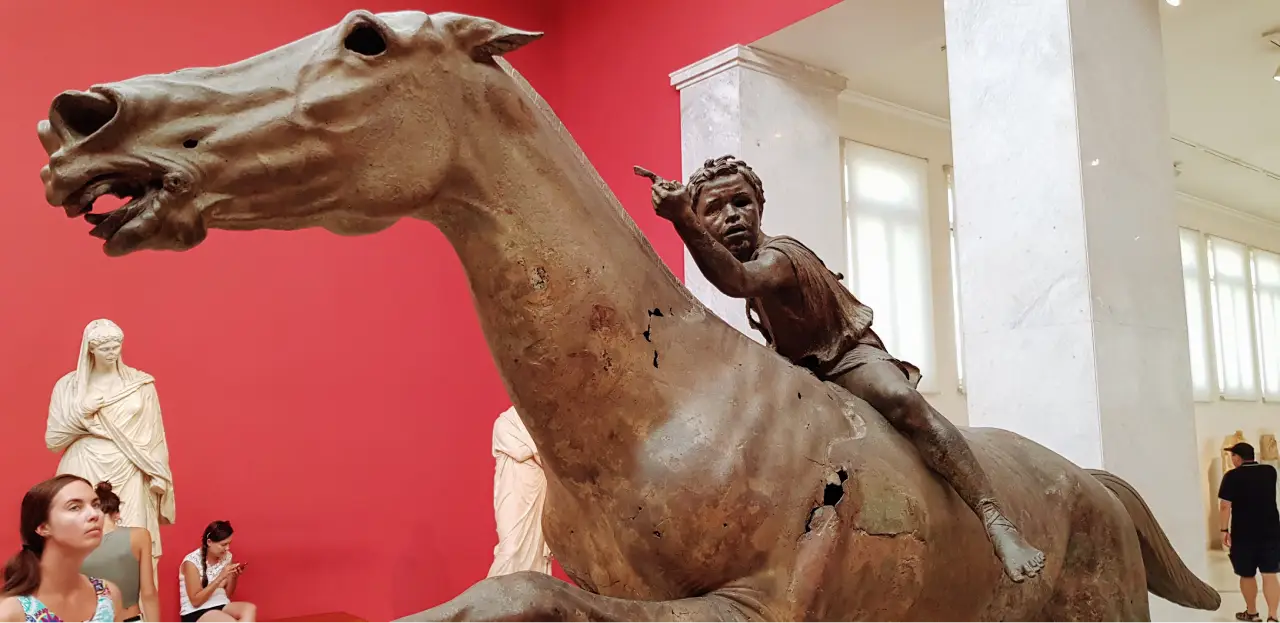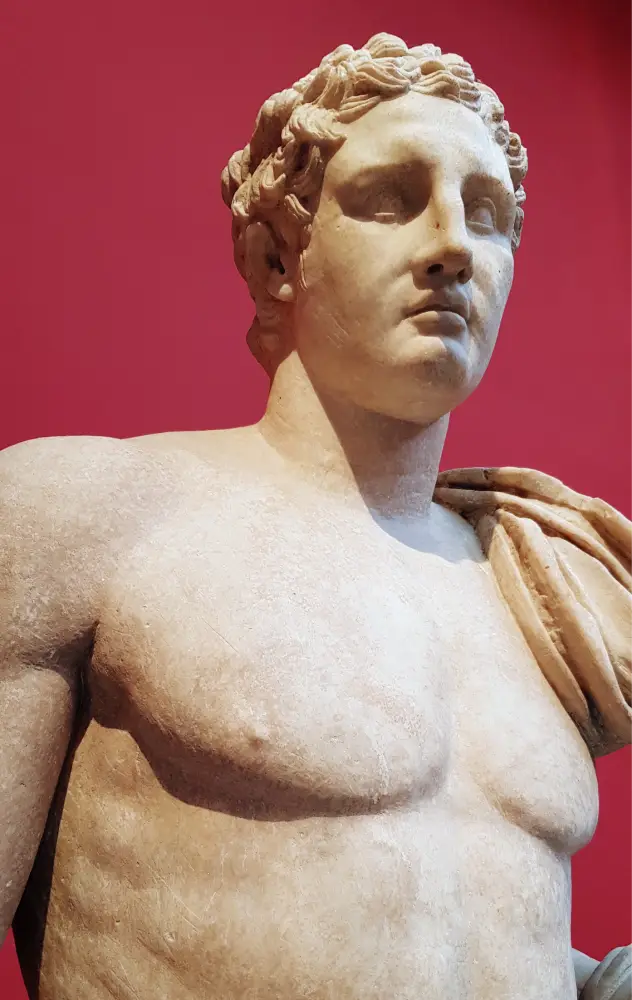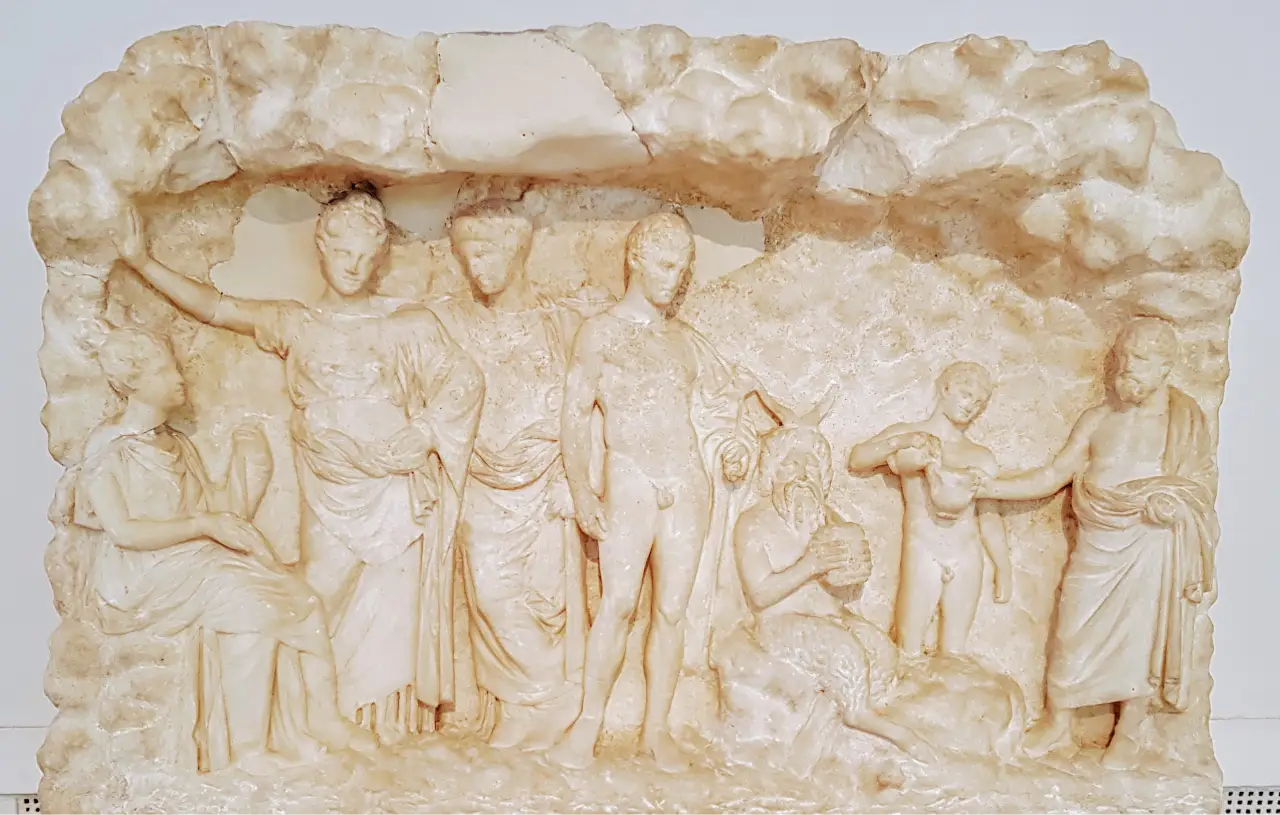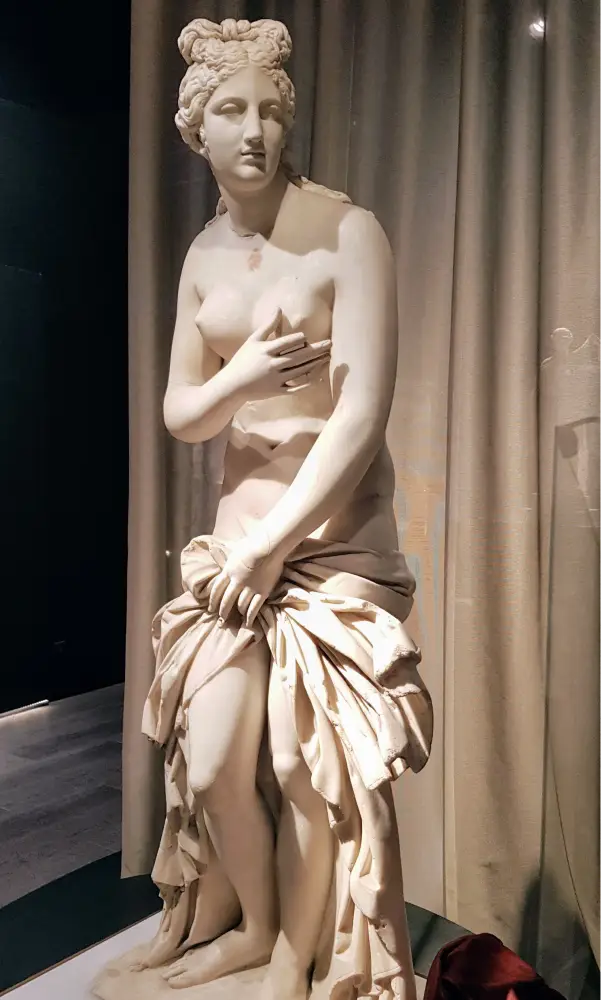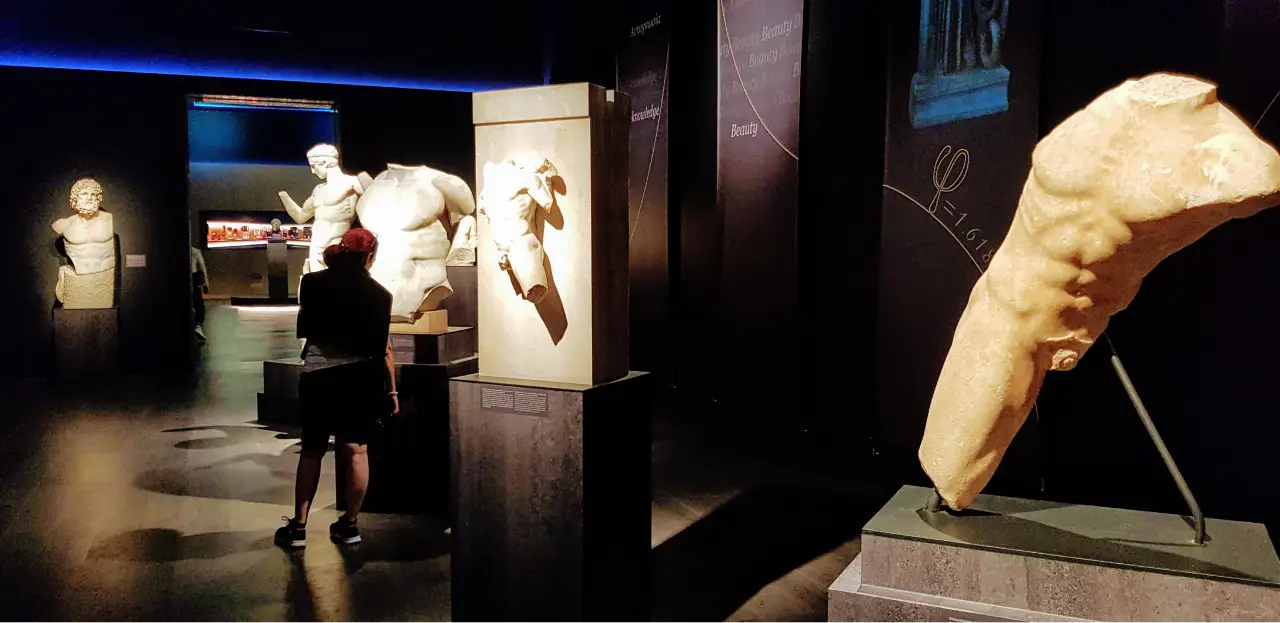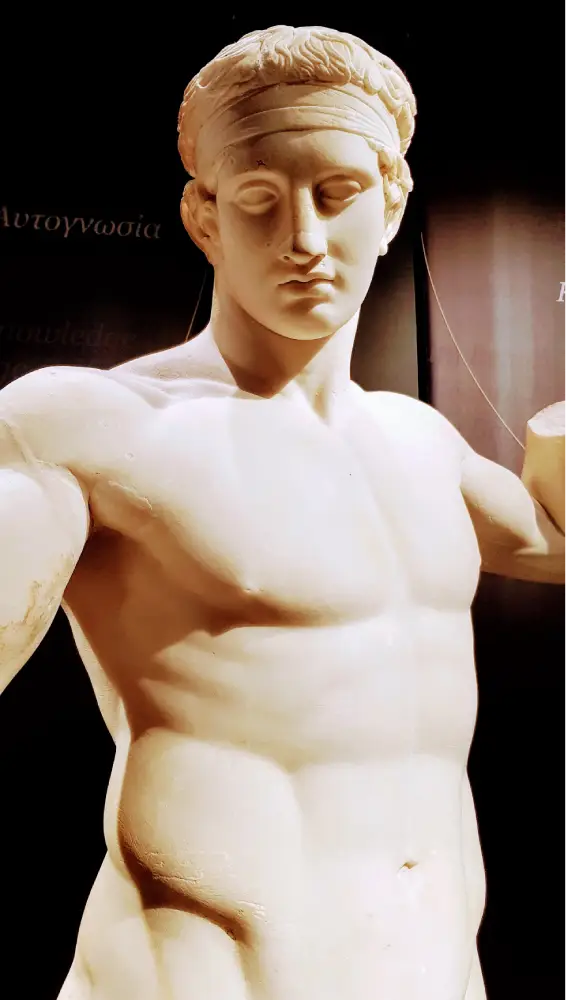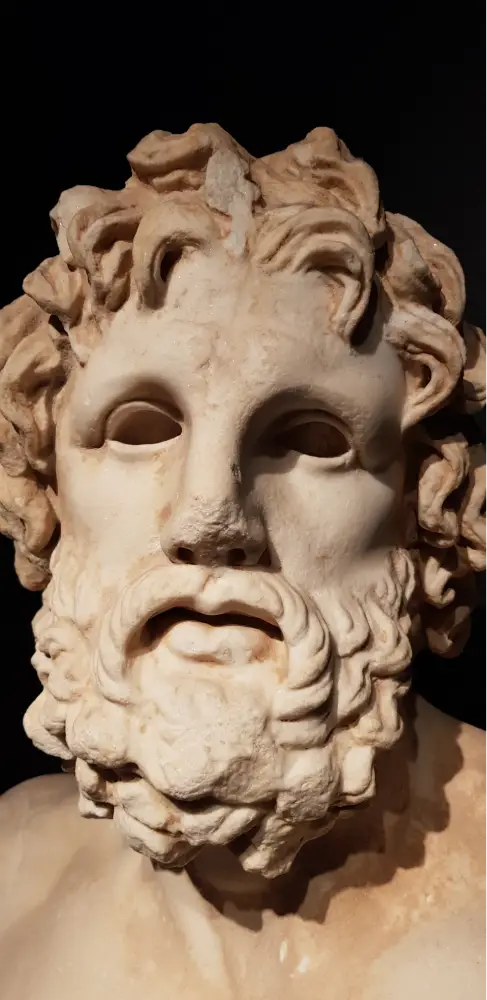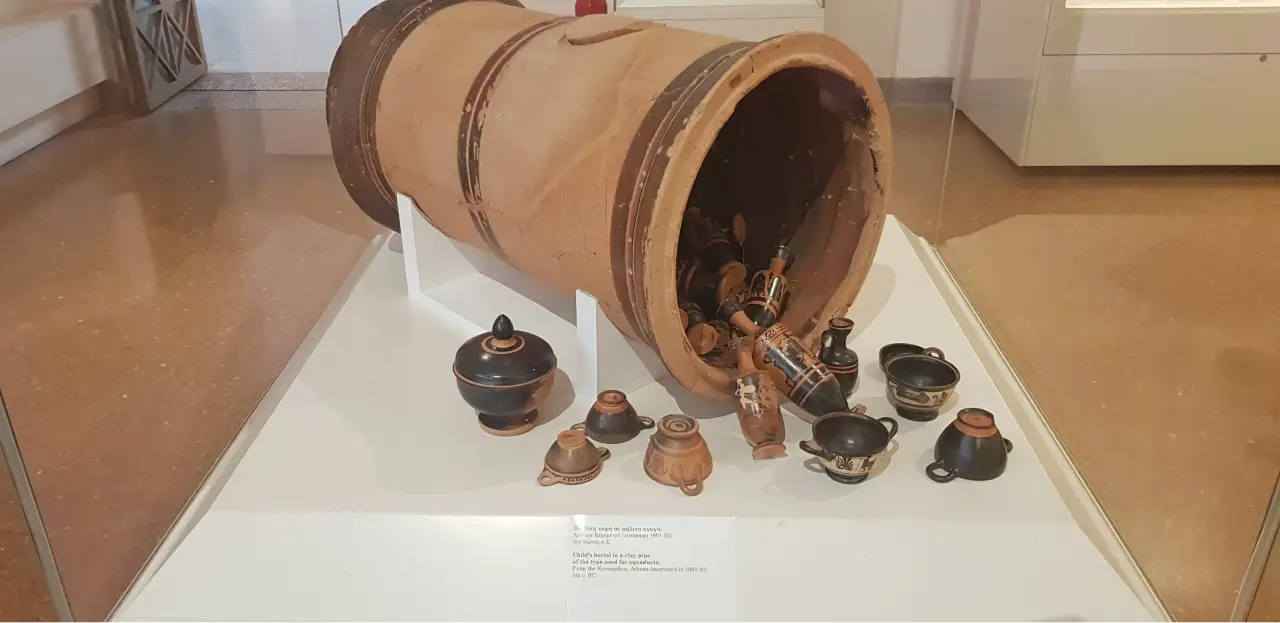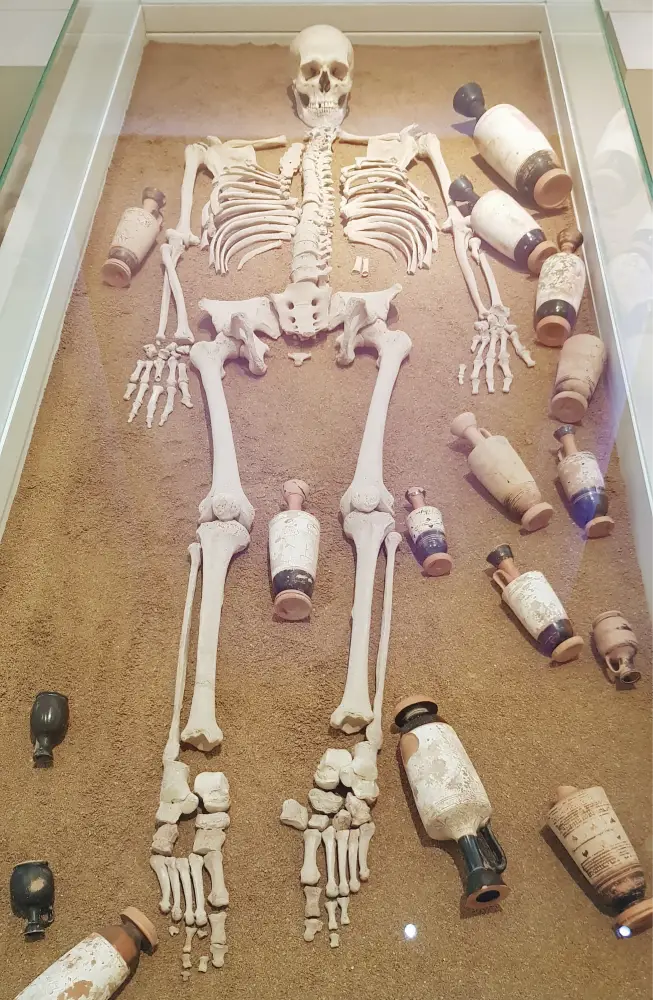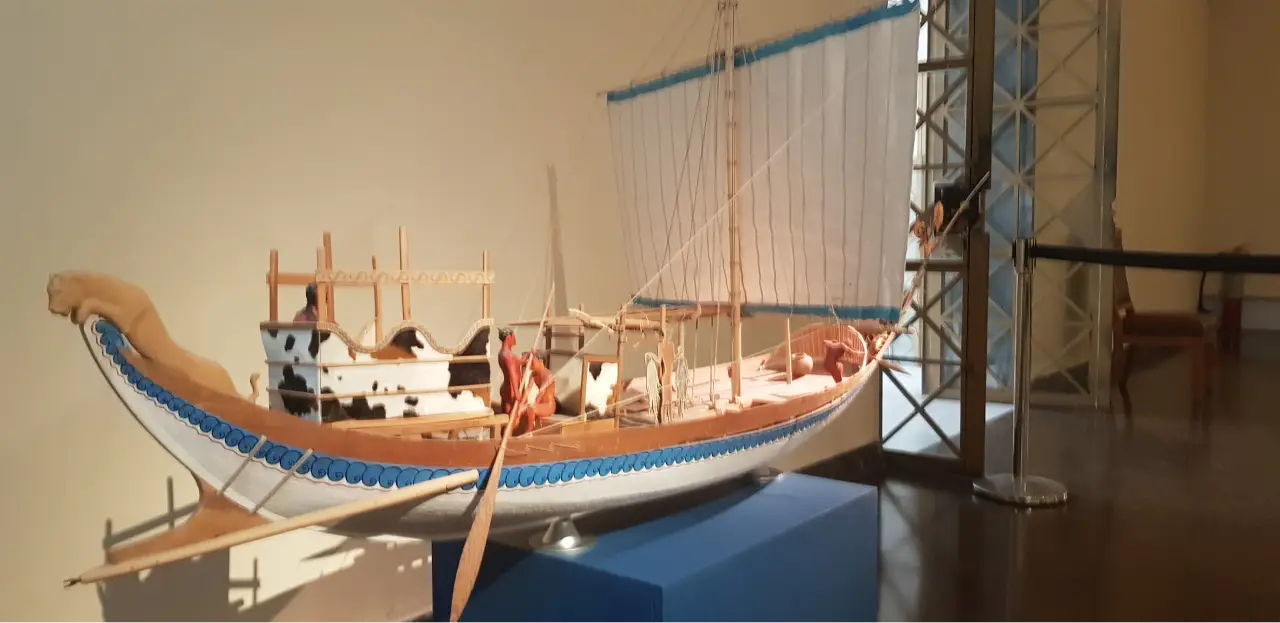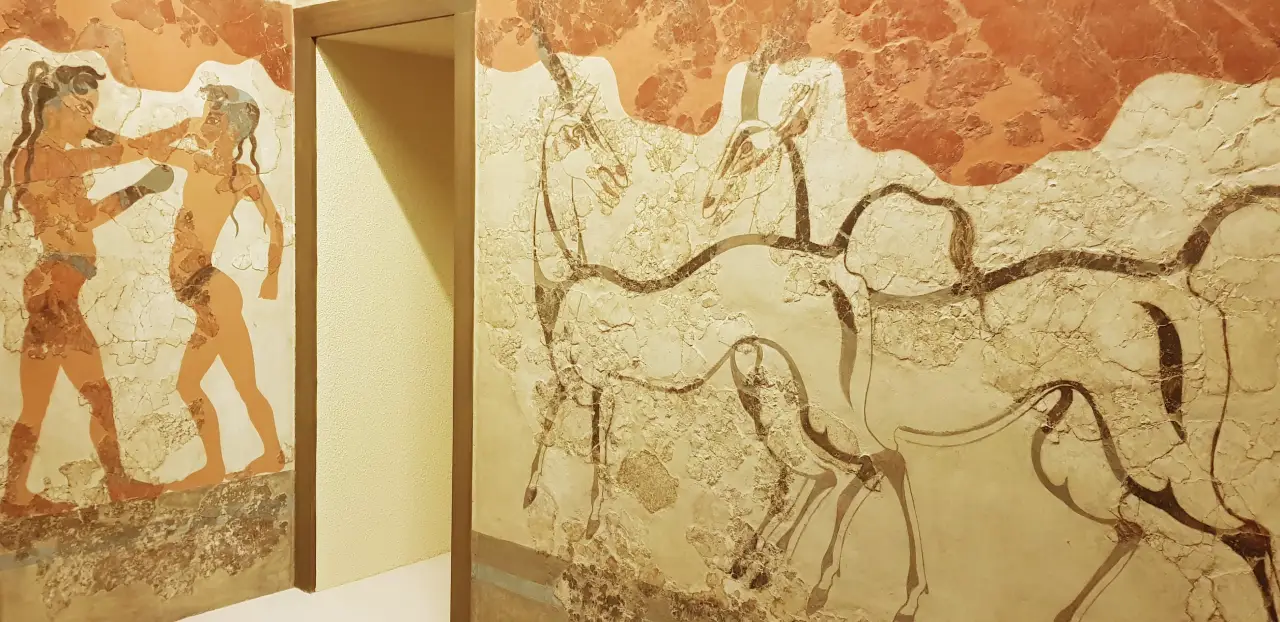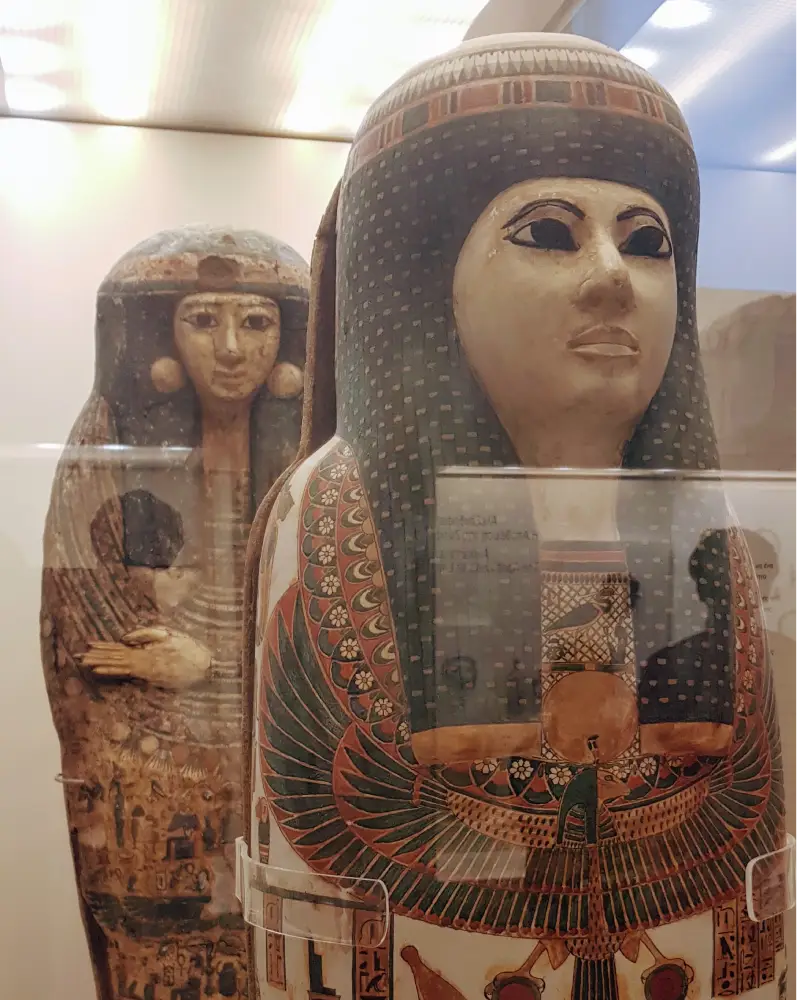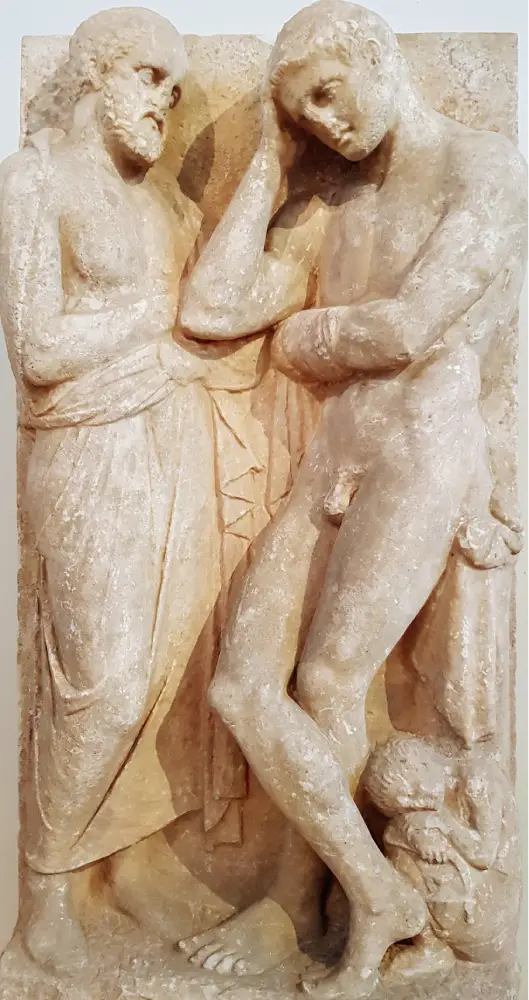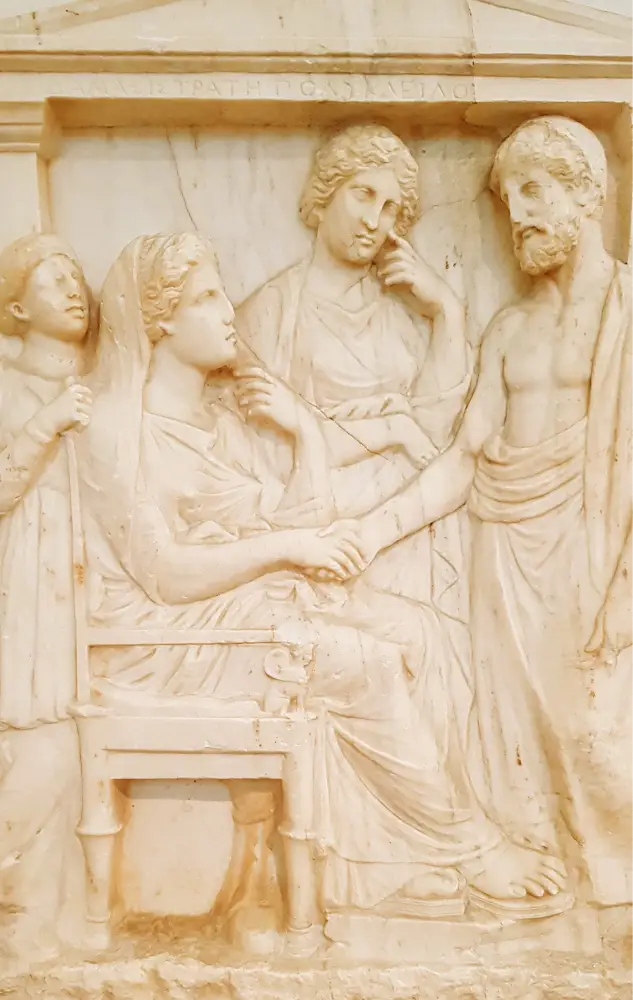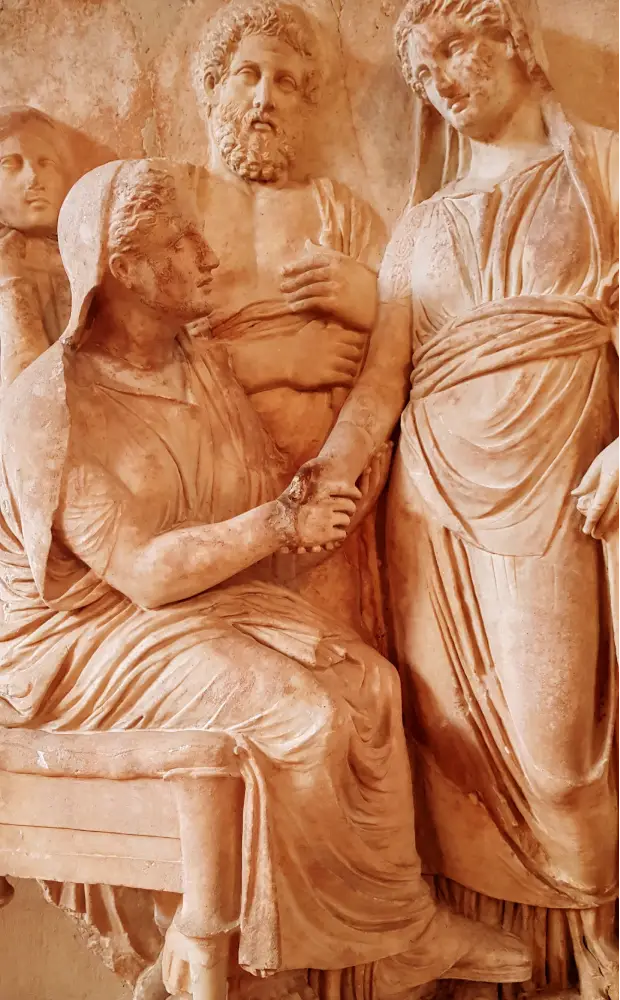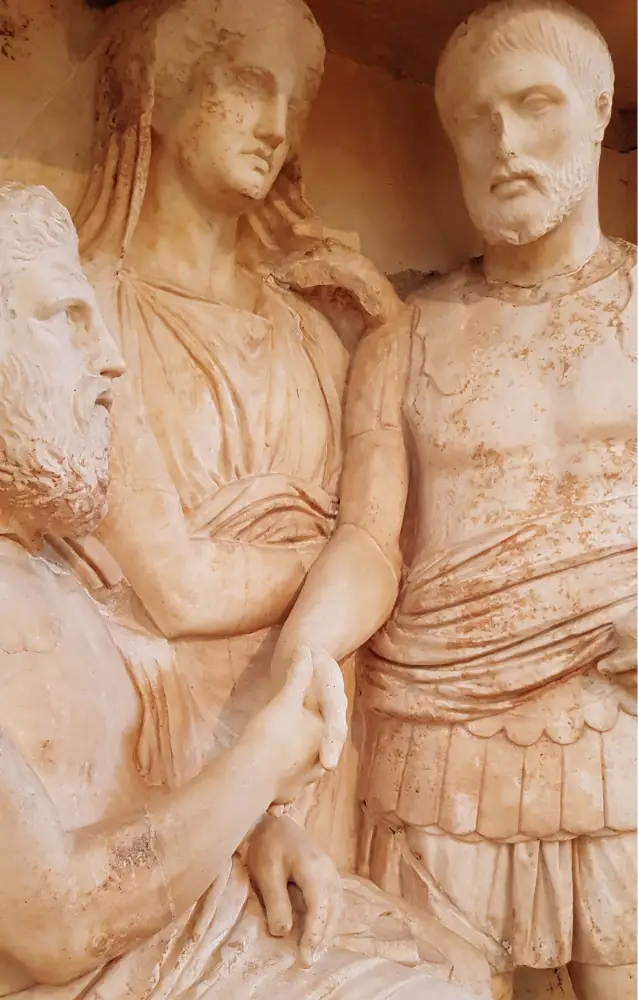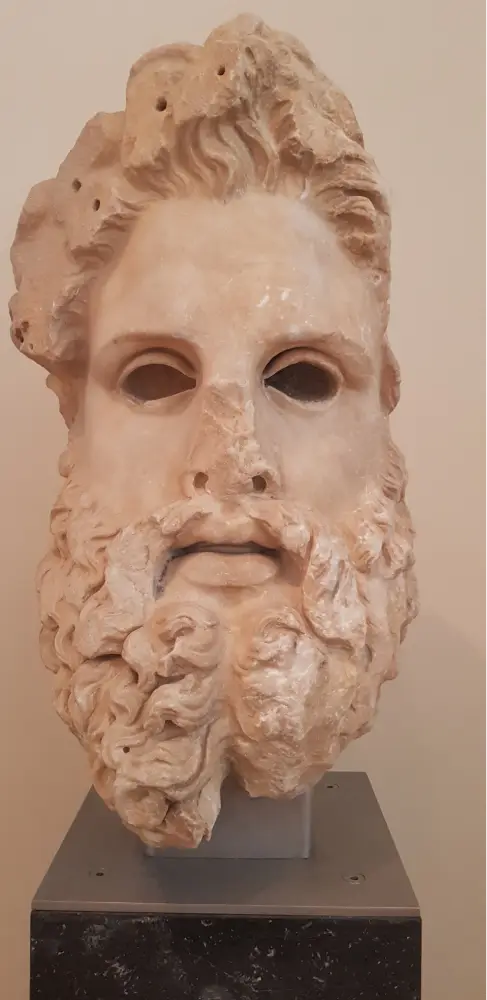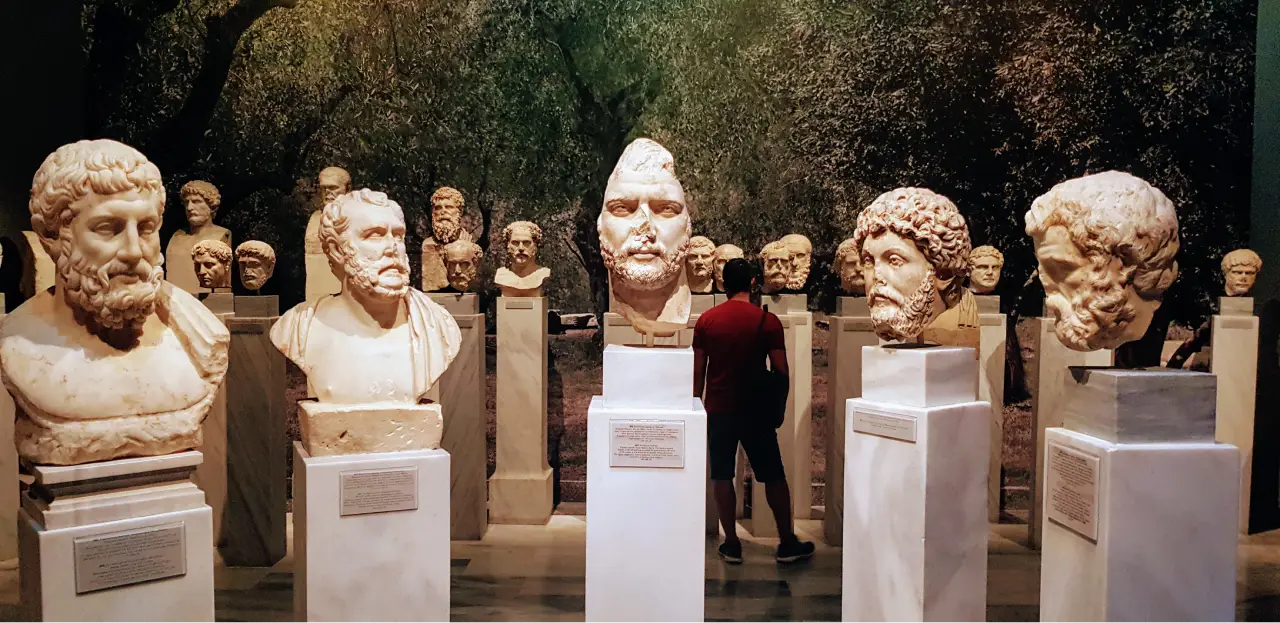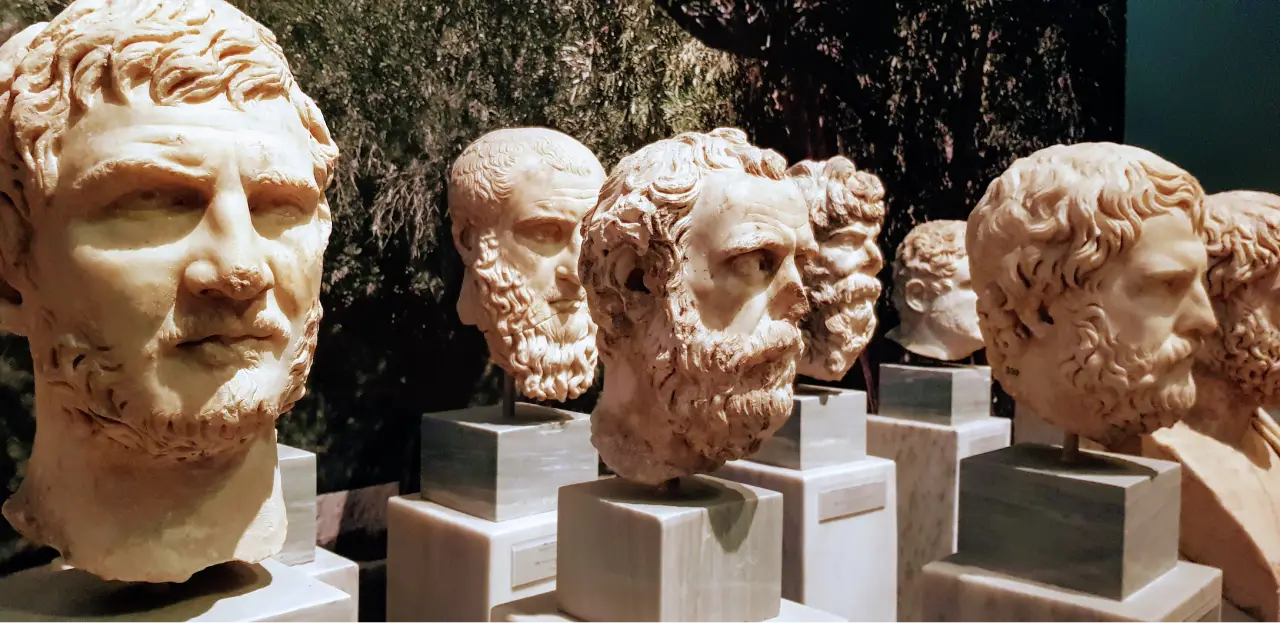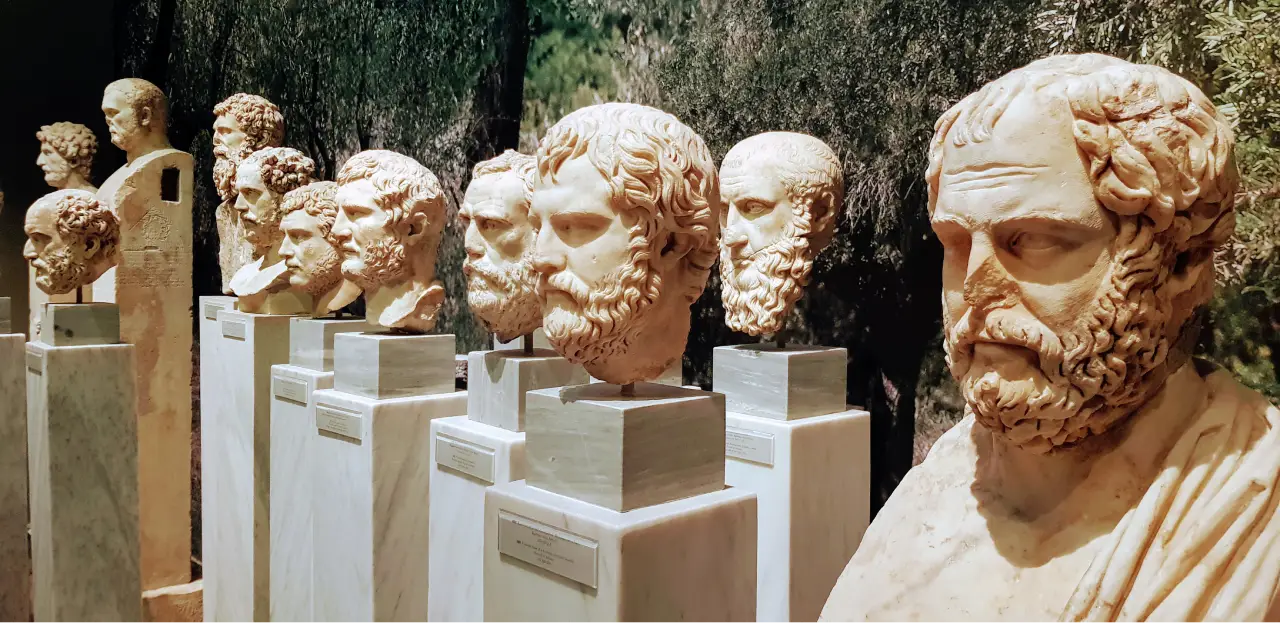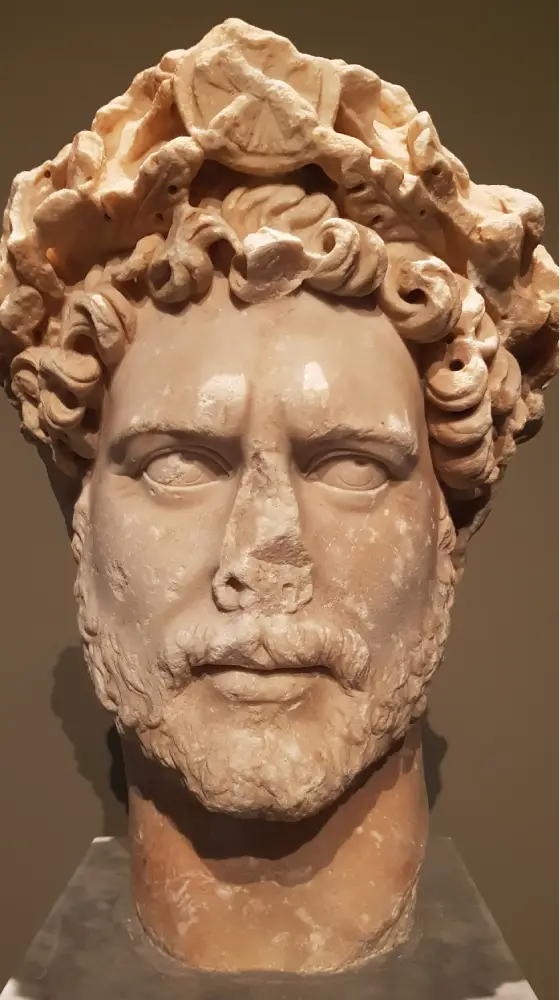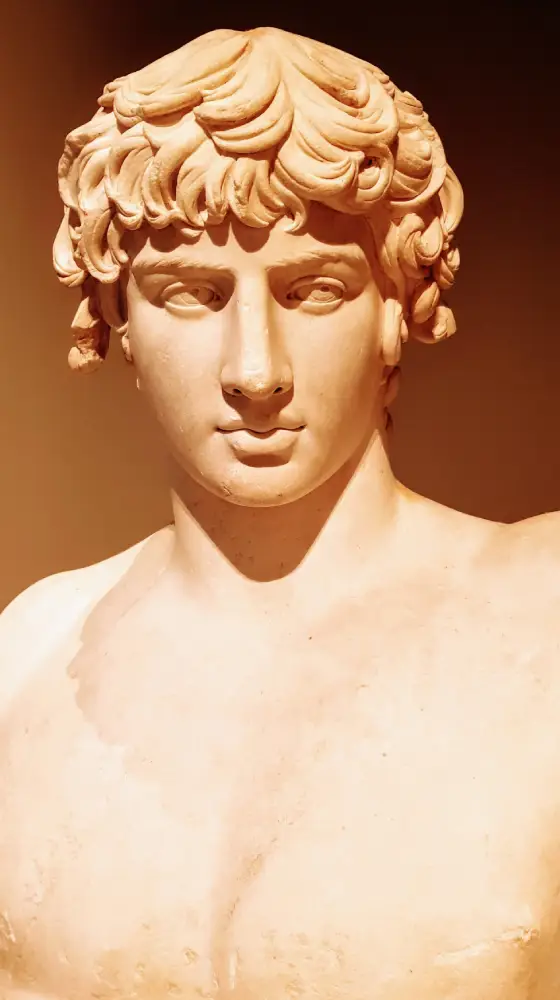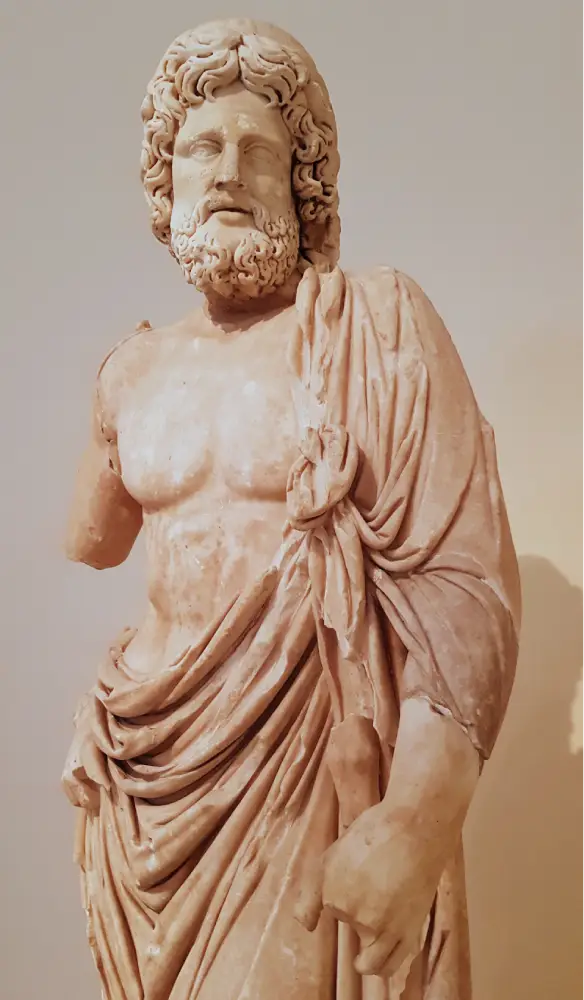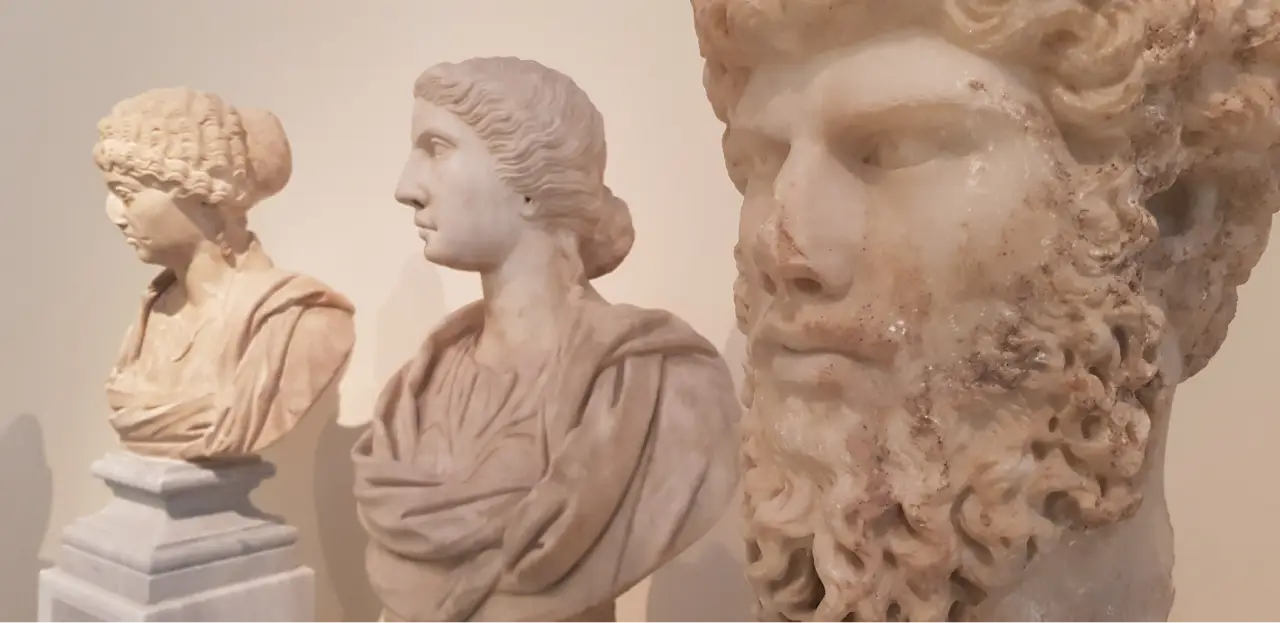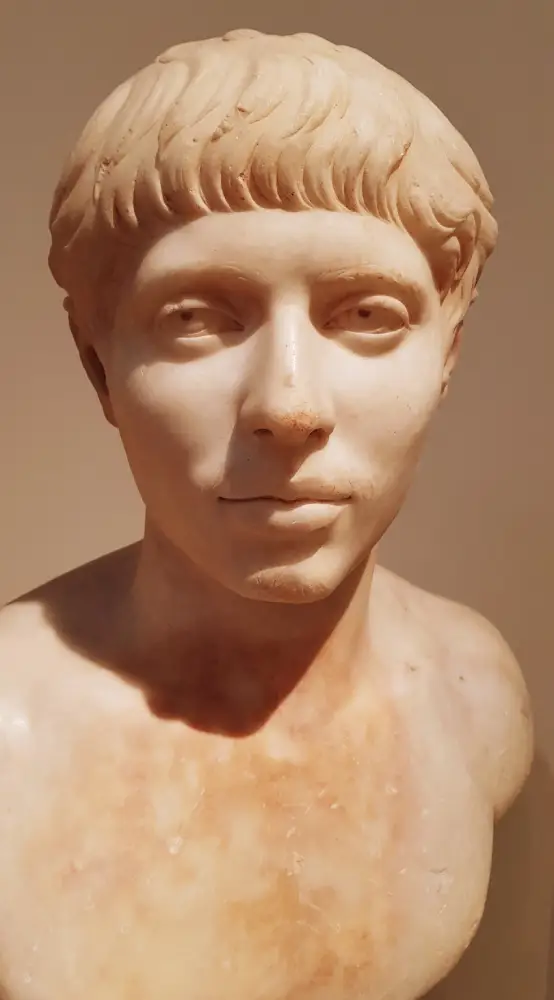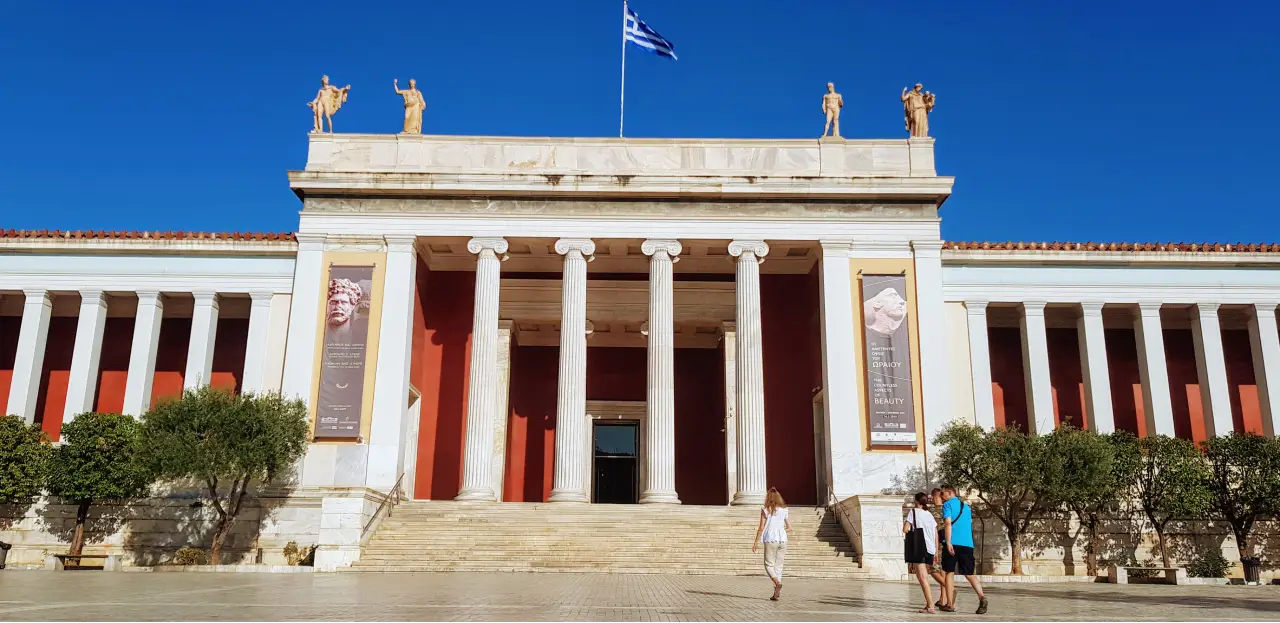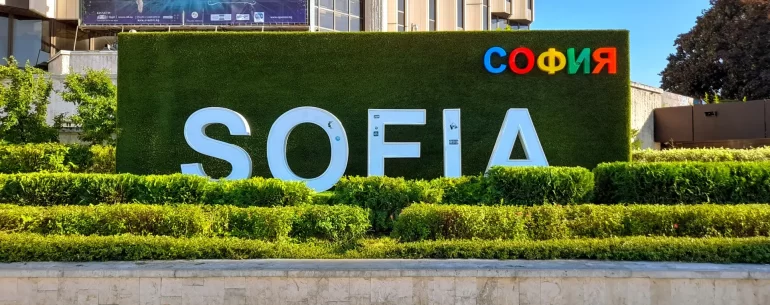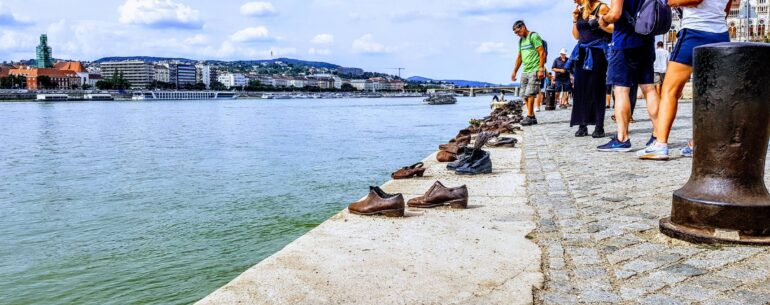If you do only one thing in Athens, you should pay a visit to the National Archaeological Museum, Athens – 11,000 pieces dating from 7000BC. Must be the only museum in the world which has exhibits in the cafe due to not having enough space. Grave steles: The handshake symbolises farewell – saying goodbye to the departed. The emotion carved into the faces is palpable.
Being totally honest, I can’t remember the names or details of everything I saw as I’d been up all night but scroll down for a more complete guide to the Museum.
Alternatively, check out other summer guides and winter guides on the iRide website.
Find accommodation in Athens
A Brief History of the National Museum of Archaeology, Athens
Founded in 1829, the National Museum of Archaeology is the largest archaeological museum in Greece and one of the most important in the world. Originally housed in a neoclassical building, it was later relocated to its current location on Patission Street in Athens. The museum’s vast collection encompasses artifacts from prehistoric times to late antiquity, showcasing the rich cultural heritage of Greece and its influence on Western civilization.
Exploring the National Museum of Archaeology, Athens
There is so much to see in this museum that you could easily spend days rather than just hours exploring its vast space and collection of antiquities. Below are some of the recommended highlights.
- The Antikythera Mechanism: Marvel at the ancient wonder known as the Antikythera Mechanism, a sophisticated astronomical calculator dating back to the 1st century BC. Discovered in a shipwreck off the coast of Antikythera, this remarkable device provides insights into ancient Greek technology and scientific knowledge. Admission to the museum, where the mechanism is displayed, costs €10 for adults, with reduced rates for students and seniors.
- The Mask of Agamemnon: Behold the legendary Mask of Agamemnon, a gold funeral mask discovered by archaeologist Heinrich Schliemann at the ancient site of Mycenae in the late 19th century. Believed to have belonged to the legendary Mycenaean king Agamemnon, this iconic artifact is a symbol of Greece’s rich archaeological heritage. It is housed in the museum’s Mycenaean Collection, which also includes pottery, weapons, and jewelry from the Mycenaean civilization.
- The Kouros of Anavyssos: Encounter the enigmatic Kouros of Anavyssos, a marble statue of a young male youth dating back to the Archaic period (6th century BC). Found in a cemetery near Anavyssos, this imposing sculpture is one of the finest examples of ancient Greek funerary art, representing the idealized beauty and athleticism of youth. Admission to the museum allows visitors to admire this and other exquisite statues from antiquity.
- The Bronze Age Collection: Journey back in time to the Bronze Age as you explore the museum’s extensive collection of artifacts from Minoan and Mycenaean civilizations. Discover intricately decorated pottery, exquisite jewelry, and elaborate frescoes that offer insights into the daily life, religion, and art of ancient Greece. Admission to the museum’s Bronze Age galleries is included with the general ticket.
- The Antiquities of Thera: Immerse yourself in the ancient history of the Greek island of Thera (modern-day Santorini) as you peruse the museum’s collection of artifacts from archaeological excavations. From pottery and sculptures to frescoes and household items, these objects shed light on the island’s flourishing civilizations, including the Minoans, Mycenaeans, and later Greek settlers. Entrance to the Thera exhibit is included with the museum ticket.
Getting to the National Museum of Archaeology, Athens
Flying to Athens is the most convenient way to reach the National Museum of Archaeology. Athens International Airport, Eleftherios Venizelos (ATH), serves as the main gateway to the city, with numerous domestic and international flights arriving daily. From the airport, visitors can take a taxi or airport bus to reach the museum, located in the heart of Athens. Alternatively, public transportation options such as the metro and buses provide affordable and efficient connections to the museum and other attractions in the city. Check below for flights.

